Evan Spiegel's Spectacle
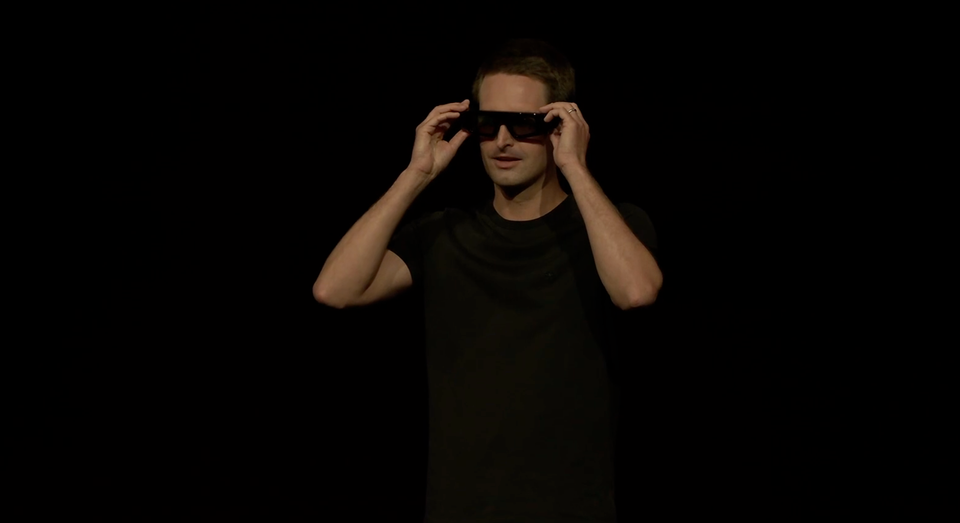
Yesterday, I wrote up some initial thoughts on Snap's latest stab at their Spectacles product. Unlike the first "toy" version eight years ago, which were really just a camera, we're now fully in AR mode, mixed with some AI, naturally. I based those thoughts off of some first-hand accounts of using them. But actually, that's a sort of misleading way to frame these because they're purposefully not meant for consumers, but instead for developers. And I think that's the correct way to do this in 2024 – and what Apple should have done with the first Vision Pro – because the tech just isn't quite here yet. It's closer than ever, but we still have a ways to go – as such write-ups make clear.
I also finally watched Evan Spiegel's keynote address where he showed off the latest Spectacles. And that's arguably far more interesting.
First and foremost, Spiegel is very good at this. I've praised him and Snap before in this regard, but he's natural in a way you just don't see anymore with the loss of you-know-who. I won't say he's the heir apparent to Steve Jobs, at least when it comes to such presentations at keynotes, but I won't not say that either.
Again, I've felt that way before, but that was during staged, pre-recorded events during the pandemic. This event was live. Sure, it was a friendly audience (as were all the audiences during SteveNotes), but there's something about the way Spiegel talks about this technology. And the fact that he's not only not afraid to demo it – live – he's eager to do so. You can tell he's excited about what they've built. Again, Jobs used to convey the same enthusiasm that seems impossible to fake.
And I mean, these new Snap Spectacles are interesting, but they're not the coolest-looking glasses in the world. They're not like the first version in playful colors. These are big and blocky. Sure, that's a style, but as Spiegel goes on to showcase, it's a frame clearly borne out of the technology inside. Still, he owns the look. And again, these aren't meant for consumers right now, so I think that look is fine. They key is that they fit on your face without some extra puck and tether, as Spiegel notes – and which is likely a shot not just at the Vision Pro, but perhaps at what Meta is getting ready to show off next week. We'll see...
Anyway, the entire event is pretty good, but where Spiegel really shines is during this Spectacles unveil. If you start the video at around the 48-minute mark, you'll see him in action. Yes, he makes the "one more thing" reference, and it almost veers off course, but he pulls it back in nicely. He starts talking about the history of the company and wanting to do things differently with vertical video, ephemeral messaging, stories, and lenses. He reiterates that this worked to the tune of now 850M people using Snapchat – "well on our way to over a billion people". But...
Despite all of our efforts to improve the way we use screens, they're still just screens. We can't be bound by screens forever. We need something more natural. More intuitive. Something more human. Something that brings people together, in the real world. So we didn't want to make some new gadget that's totally unfamiliar because the best way to make technology feel more human is to make it a part of something that billions of people already use and wear every single day.
No, not virtual reality headsets. (laughs) I'm talking about glasses. (cheers)
Now VR headsets, they feel like you've got a laptop tapped to your face. They're isolating. They make people feel motion sick. They're heavy. They're uncomfortable. But AR glasses have see-through lenses. They allow you to share experiences together with your friends in the real world. And they're lightweight. And wearable.
But making augmented reality glasses is *really* hard and the industry is littered with companies that have tried. We've been working on these for a really long time. Now there's a lot of reasons why it's hard, and I don't want to bore you with all the details. But basically you've got to fit the equivalent of a really powerful computer and a 100-inch screen and a battery, all weighing over 150 pounds, into a pair of glasses weighing just 226 grams. So all of that capability with just .3% of the weight. Today we're introducing the fifth generation of Spectacles. (cheers)
And... our purpose-built brand-new operating system called Snap OS. (cheers)
Now, we're gonna start with the tech specs because it is truly amazing how much capability we've packed into this device. And I really didn't want to miss the chance to geek out here with all of you. And then we're going to dive into all of the amazing experiences that Spectacles enable.
It's not perfect.1 But it's good. He's humanizing what Snap is doing here, in trying to bring computing into the real world, to use with other humans. Apple also tried to deliver this message with the Vision Pro, but they largely failed at doing so because no one believed that headset was going anywhere other than your home, to wear when you're alone. Again, Apple focused on a decent enough idea to try, but EyeSight was a miss and as such, a mistake.
But then, after Spiegel geeks out on those specs – which also feels like something Jobs would have done (it's not very technical, pretty high-level – "and in the very first time in all of human history, we have made transition lenses cool"; very nice) – he really starts to hit his stride. His talks about the "amazing" hardware as a means to enable the "truly breathtaking" software. A new type of operating system with a "natural" interface. "It uses your hands and your voice, so there's no controllers necessary" – another little dig at Meta. "You've never experienced an operating system like this before." Then a little moment of magic. "And it's so easy to use – the main menu is in the palm of your hand." Behind him, on screen, is a video of a simple but almost whimsical-looking UI, yes, in the palm of a hand.
Here's where I'll note that this is similar to what Apple has started to do with the UI in visionOS 2, which just rolled out this week. But what Snap is doing here seems potentially more natural. Regardless, "you've never experienced an operating system like this before" – even if you have, is a very Jobs-ian statement.
We then get some video demos playing behind Spiegel – those both built by Snap and by third-party developers, all of which look good.2 "We want to be the most developer-friendly platform in the whole world," he notes to big applause (as you'd expect – though this remains to be seen, obviously). "No developer tax" – again, we get applause, but we'll see what this means in practice.
"No tech event in 2024 would be complete without an OpenAI partnership." Again, this is the right way to announce such an obvious (and seemingly still pretty undefined) partnership. It's just good showmanship.
And then, the prestige: "So, does anyone want to see a live demo?" Big applause for this, of course. But Spiegel is so casual in the way he just puts it out there, as if it's an actual question to the audience. This part is very much like a certain Steve Jobs presentation that was recently unearthed – "so what do you want to talk about?"
Spiegel quickly grabs a pair of Spectacles and puts them on and we just dive right into it. A live demo! Remember those? This is what we used to have in the era before the pandemic.3 "Spectacles are so cool that even the tutorial is fun."
This is where you'll recall that not only did Tim Cook not do a live demo of the Vision Pro during its unveil – no one did. Even on video. Even in subsequent events. The first time we saw Cook wearing one was in a weird photoshoot for a magazine. Needless to say, this is 1,000 times better of a performance. Again, it's not like the Spectacles are the coolest-looking glasses either. And they're clearly pretty limited – you can see that very narrow field of view in the demo! Snap and Spiegel lean into it, warts and all. Again, he looks like he's having a blast using them and showing them off ("toggle the tint").
We kick into yet another gear when he not only does a demo using AI prompts – he opens it up to the audience to shout out what they want to see him create. One slightly fails, but that really just served to let you know this was real.4 The rest worked without a hitch. Spiegel juggled all of this in real time, making jokes, having fun. A cowboy frog! Then he draws the Snapchat ghost and takes a Snap. He was in command.
Naturally, we wrap with a video. And it's also good. A shot at both Apple and Meta with their VR headsets. Yes, those companies would argue that those are different products. But Snap would argue they're all a part of the same trend. And that is a trend that Snap hasn't liked the way it's been trending. The clip works because it's fun – sort of Wes Anderson featuring a Last of Us VR Zombie "Clicker" thing? – and, of course, it's fighting up. Snap is the underdog here without the scale of Meta or the technical abilities of Apple or the resources of either. But they think they have an opening. Maybe they do, maybe they don't.5 But they nailed making the case.
One more thing: Apple really, truly, needs to shift back to live events.
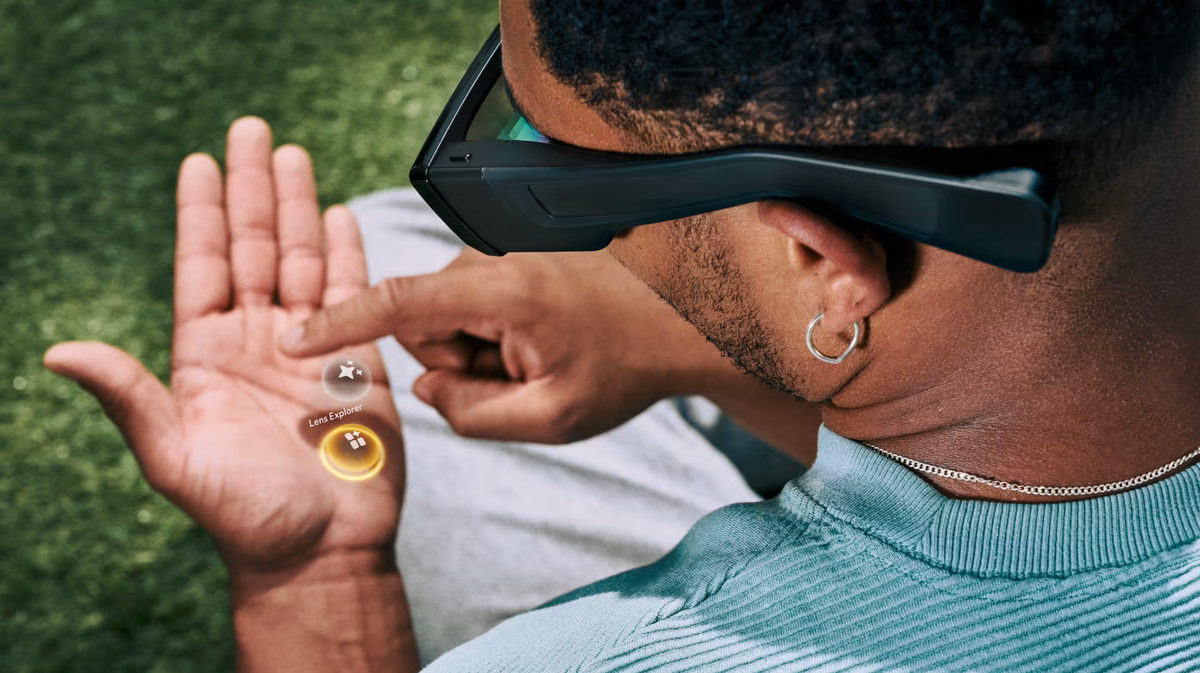
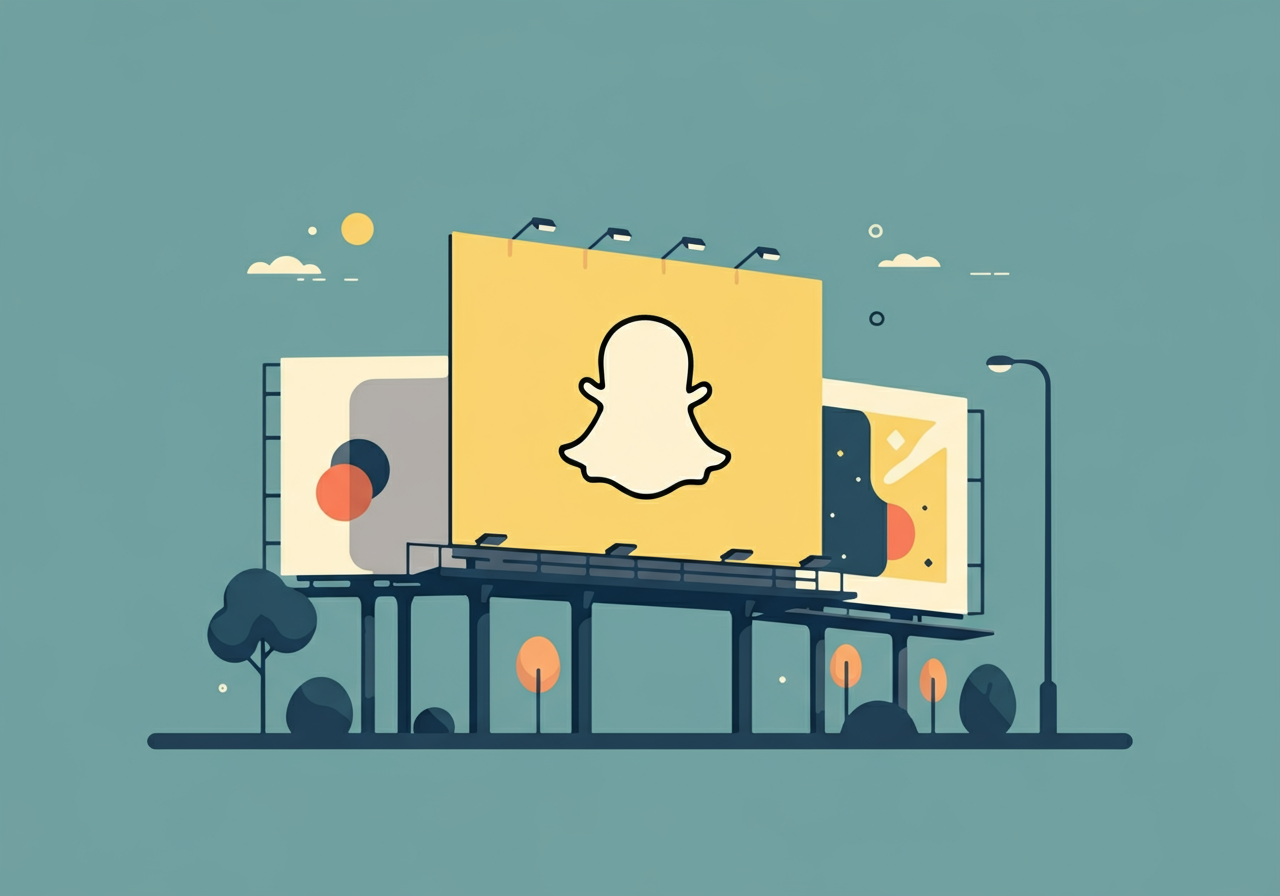
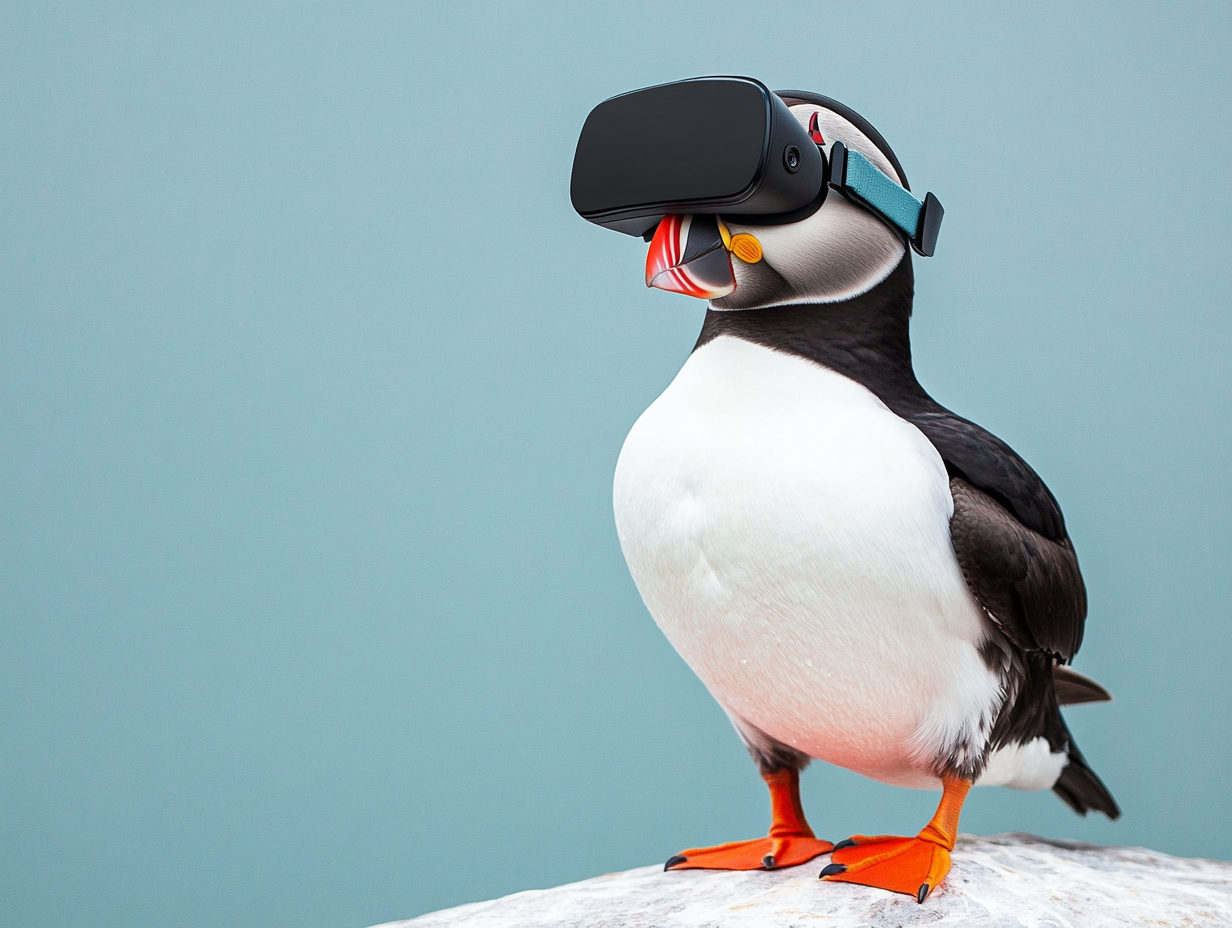
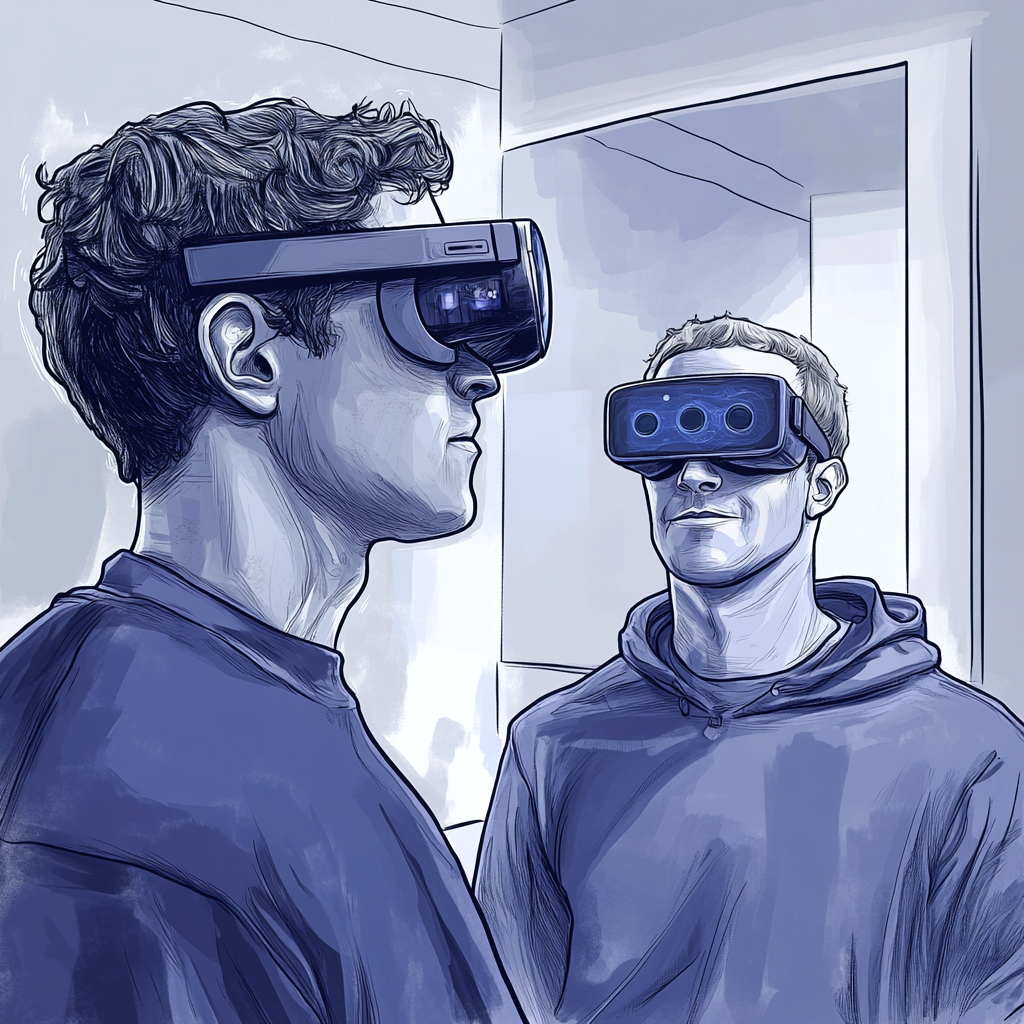

1 If I had to nit-pick, I might suggest that he re-work the weight bit. Perhaps it's too Jobs-ian, but I imagine a slide where he shows what a tower PC computer weighs and what a 100-inch TV weighs (I'd cut out the battery bit, as that's meaningless, even though it might be the most meaningful bit of weight for the glasses themselves). And then you repeat that all of that weight is going into a device you wear on your head. Drive the point home. Ditto with the "46 degree field of view" and "37 pixels per degree of resolution" -- no one knows what that means, you have to tell them, or *show* them, make it relateable.
2 Including a demo of Peridot, a game from Niantic, where, in full disclosure, my wife previously served as COO and continues to serve on the Board.
3 To be fair, Google has also been doing live, on-stage demos at their recent events. I just wanted to poke more fun at Apple here.
4 The cynic in me has to wonder if there were plants in the audience to shout out pre-planned prompts, but that's sort of beside the point. The presentation was great even if there was some staging behind it, like any good magic trick...
5 I would also point out that it's slightly weird to talk non-stop about how these Spectacles are only meant for developers right now, but all the demos and videos show them in real-worth, social interactions. I'll allow it, but only just...

